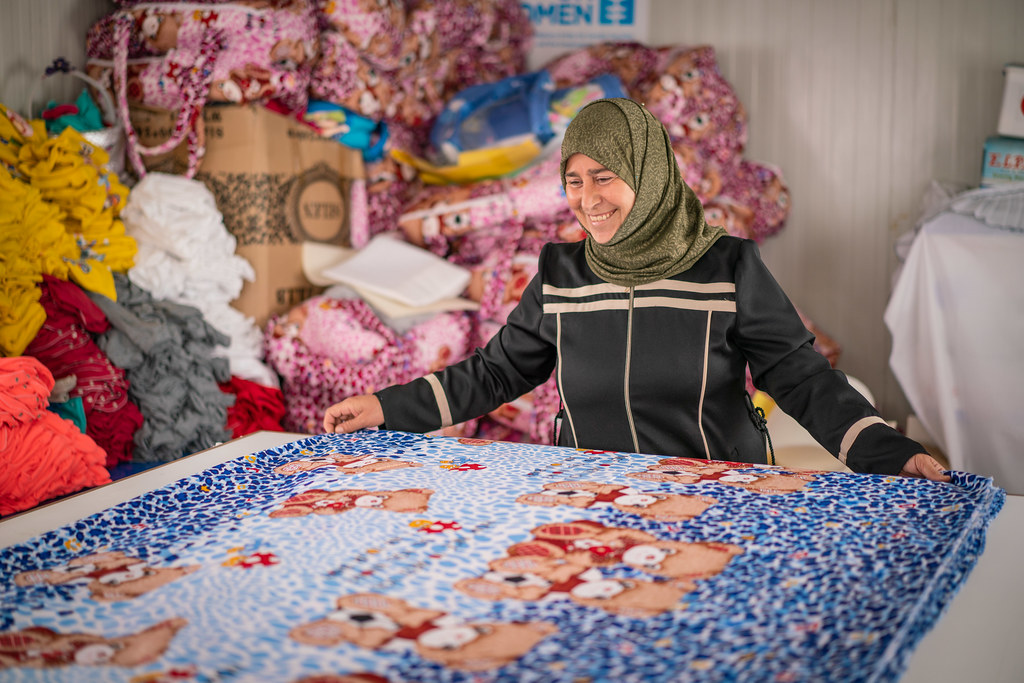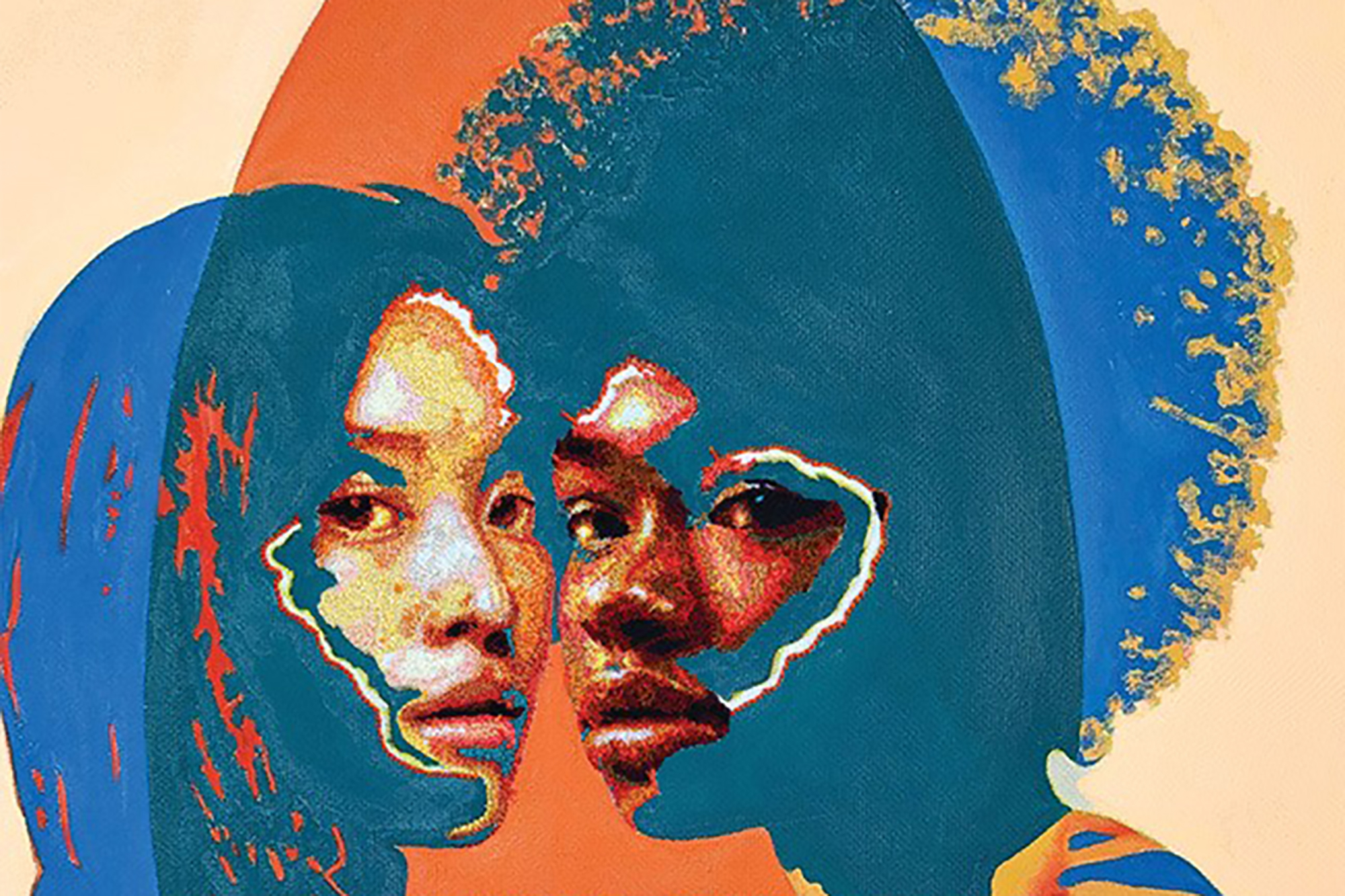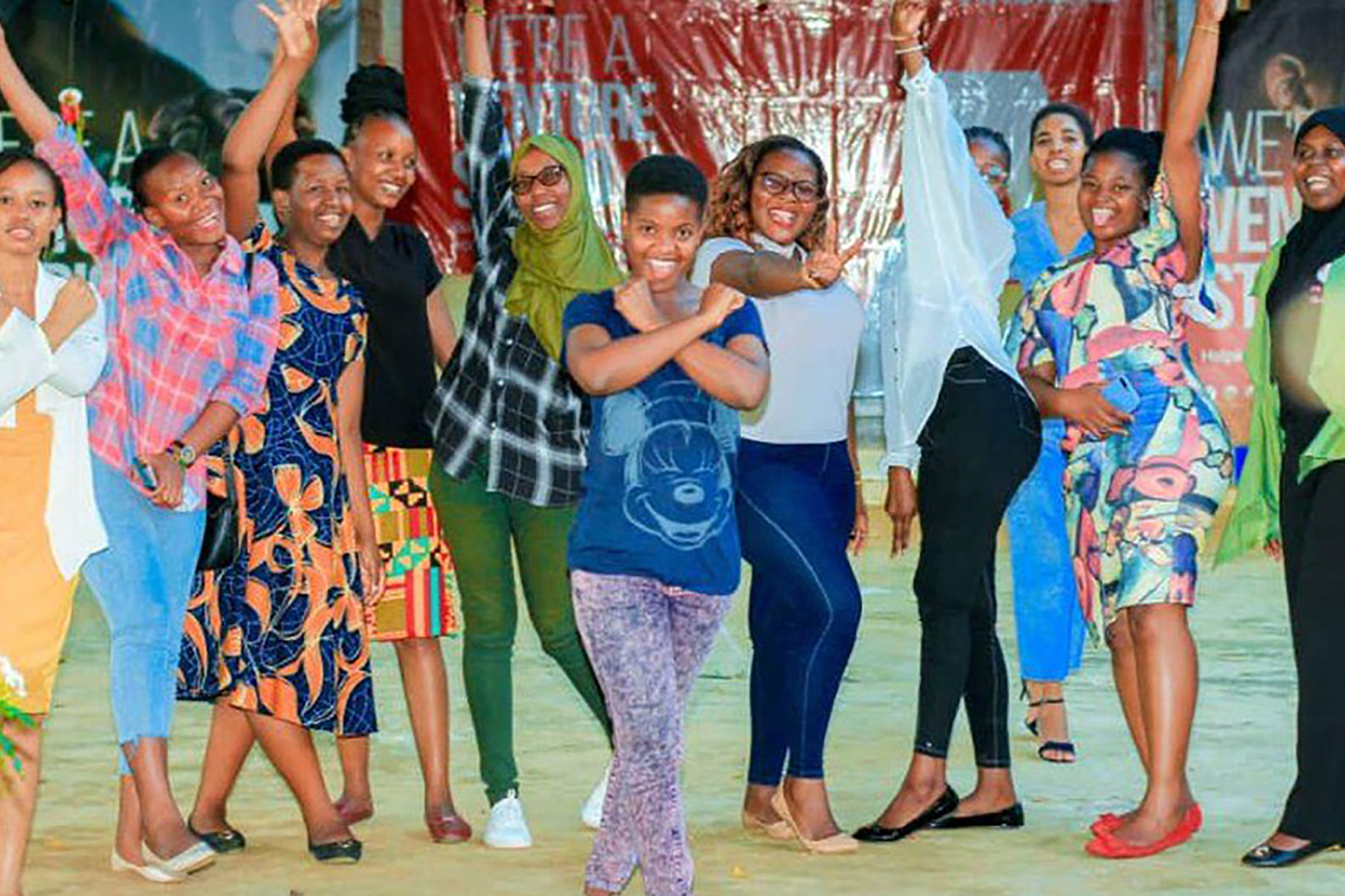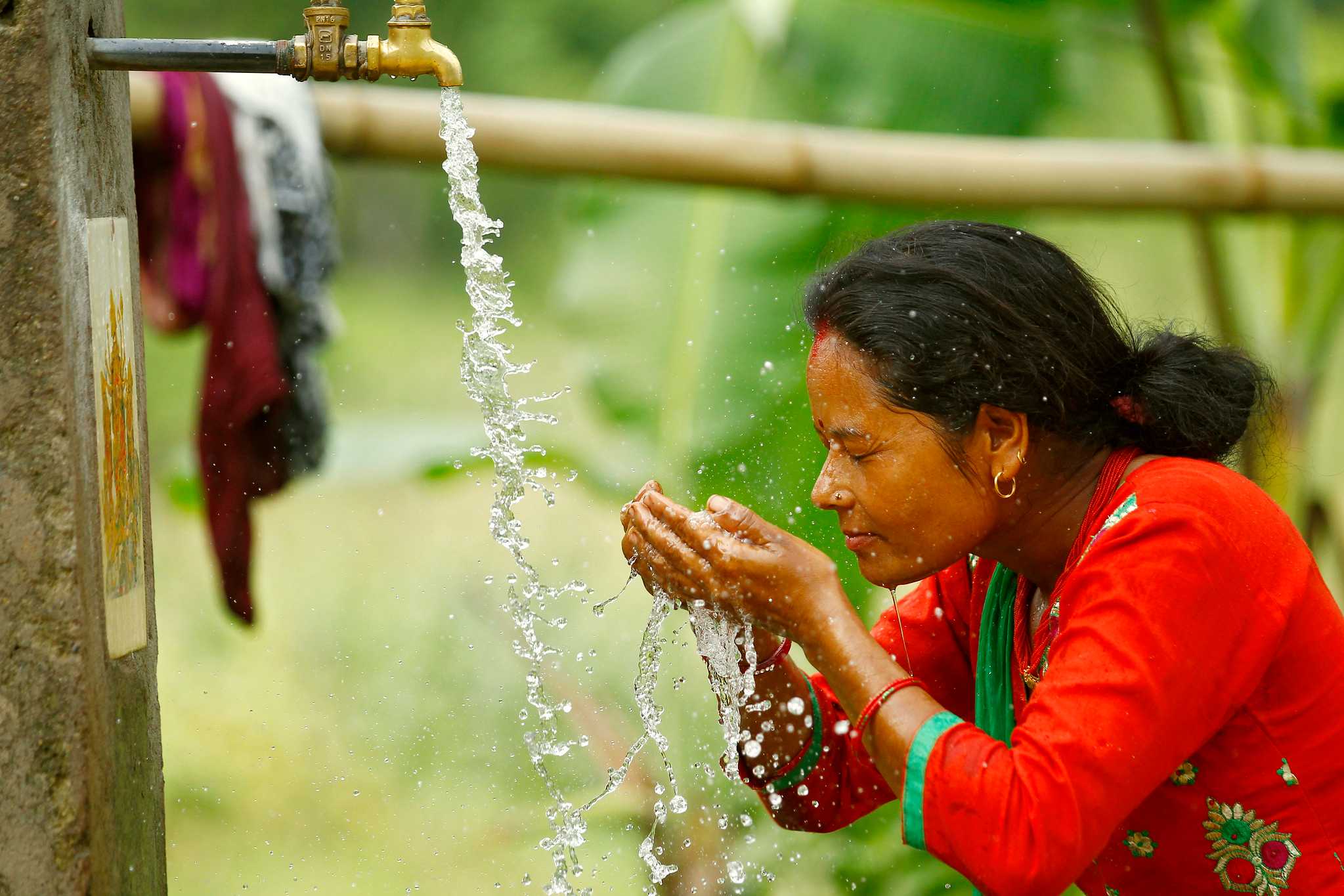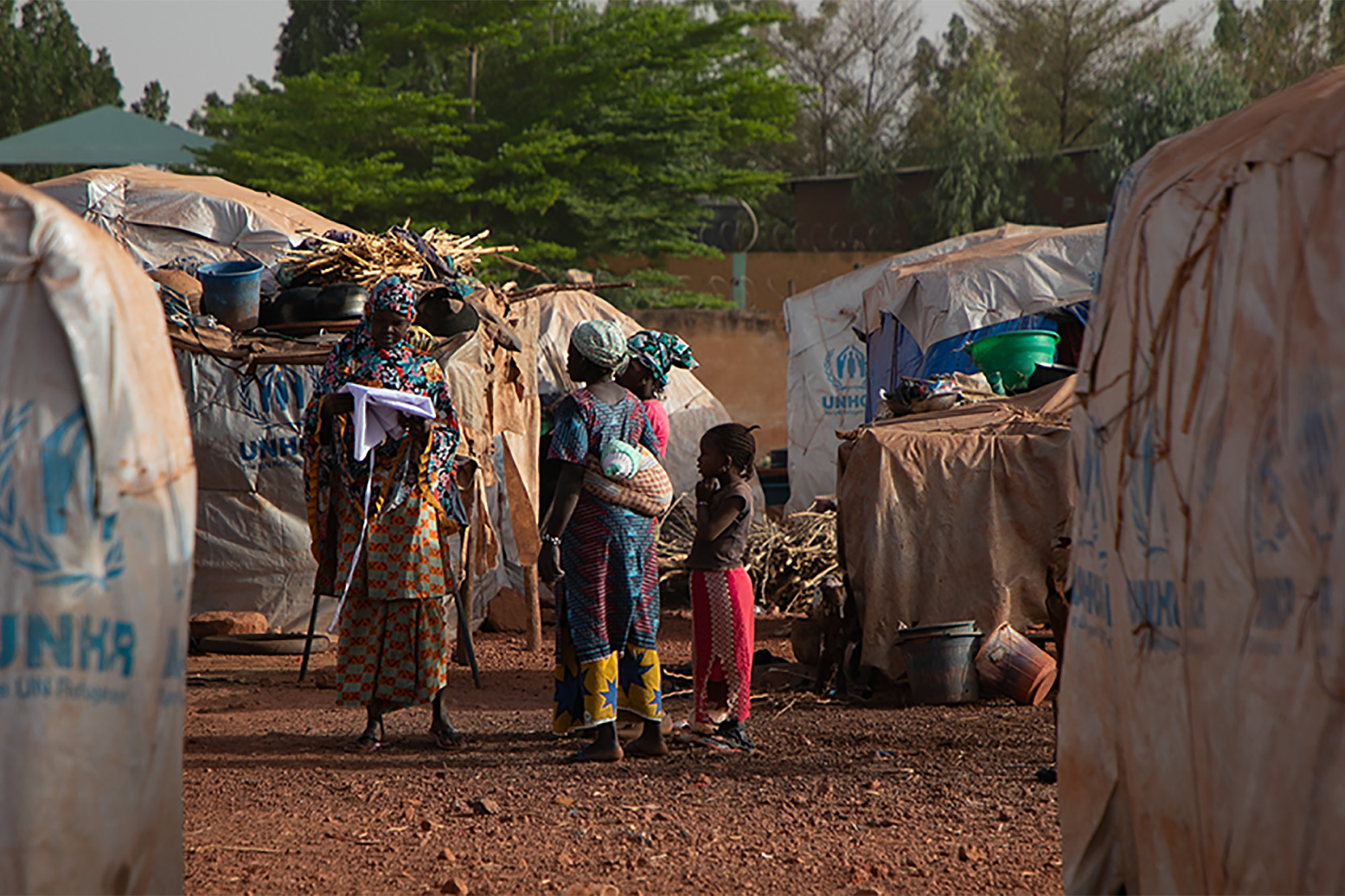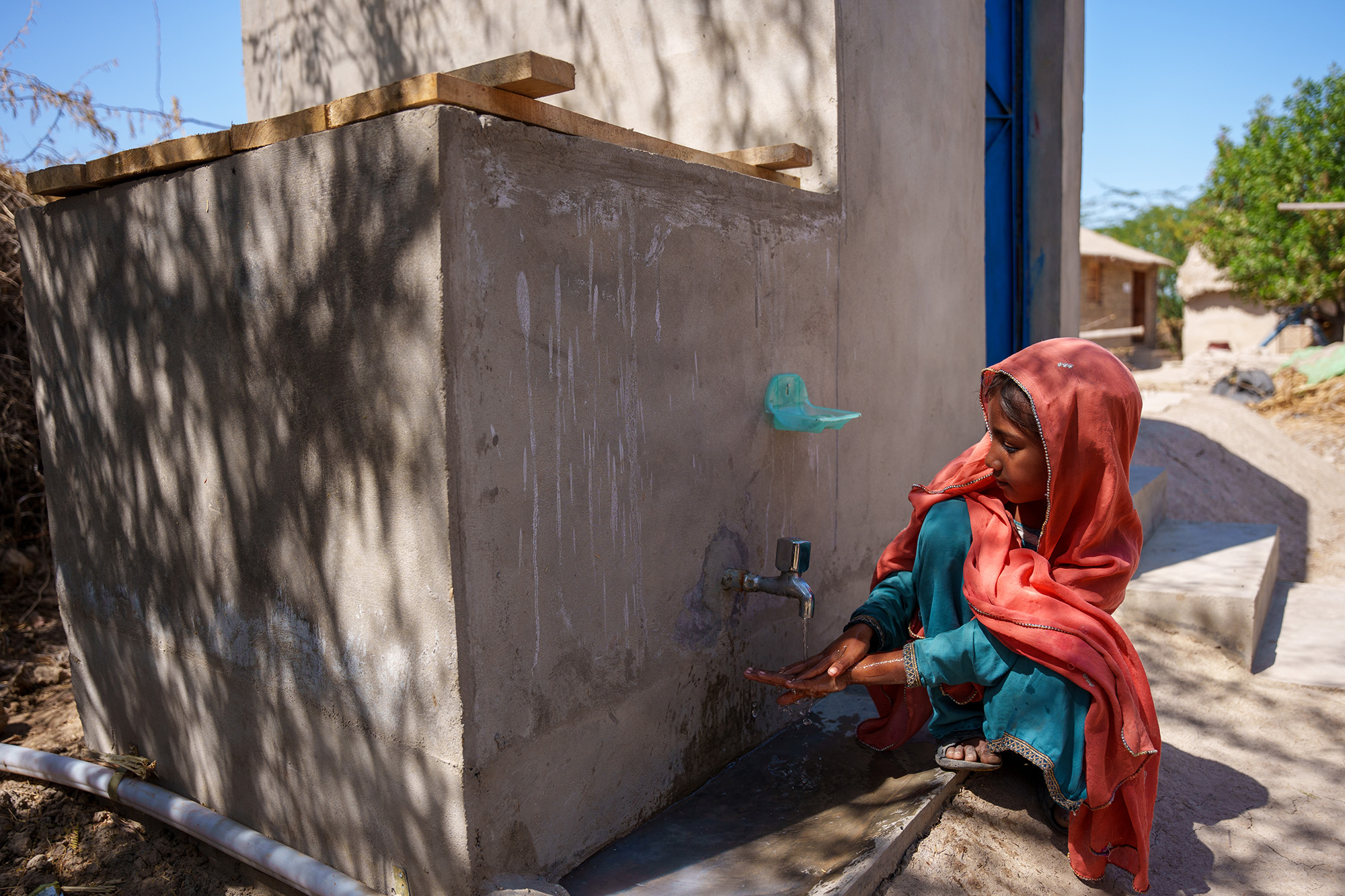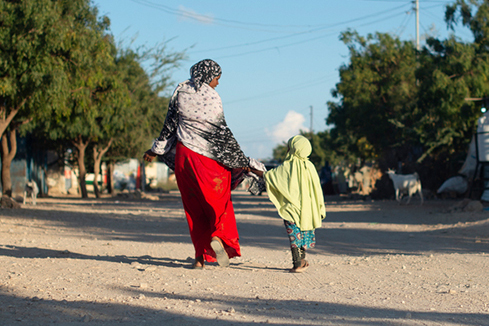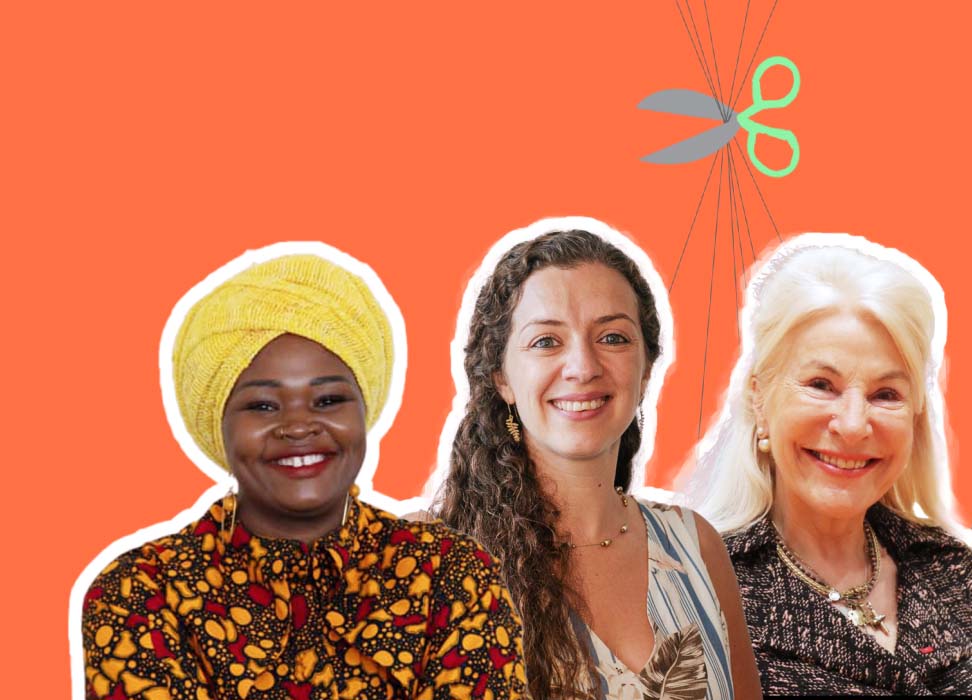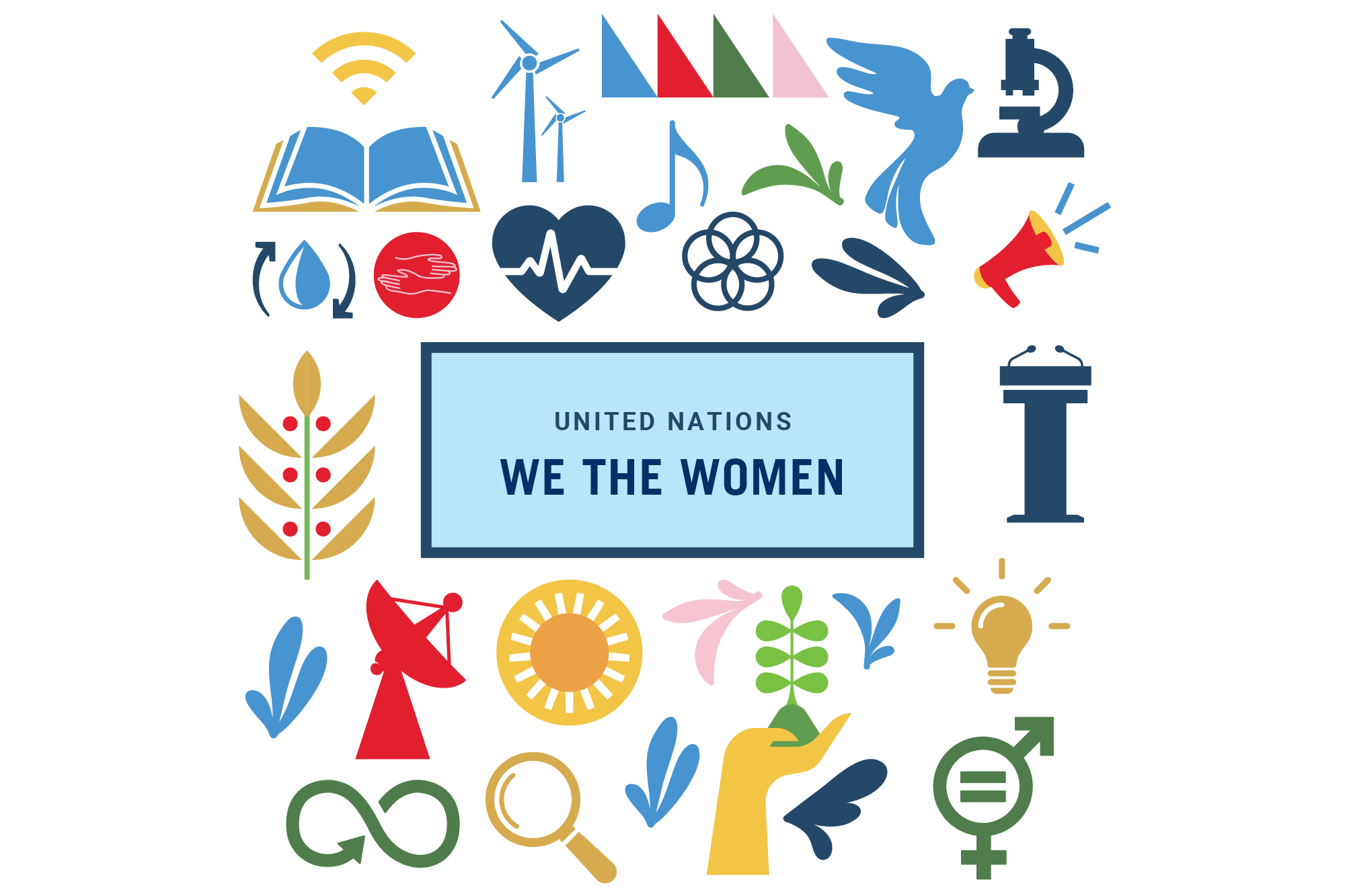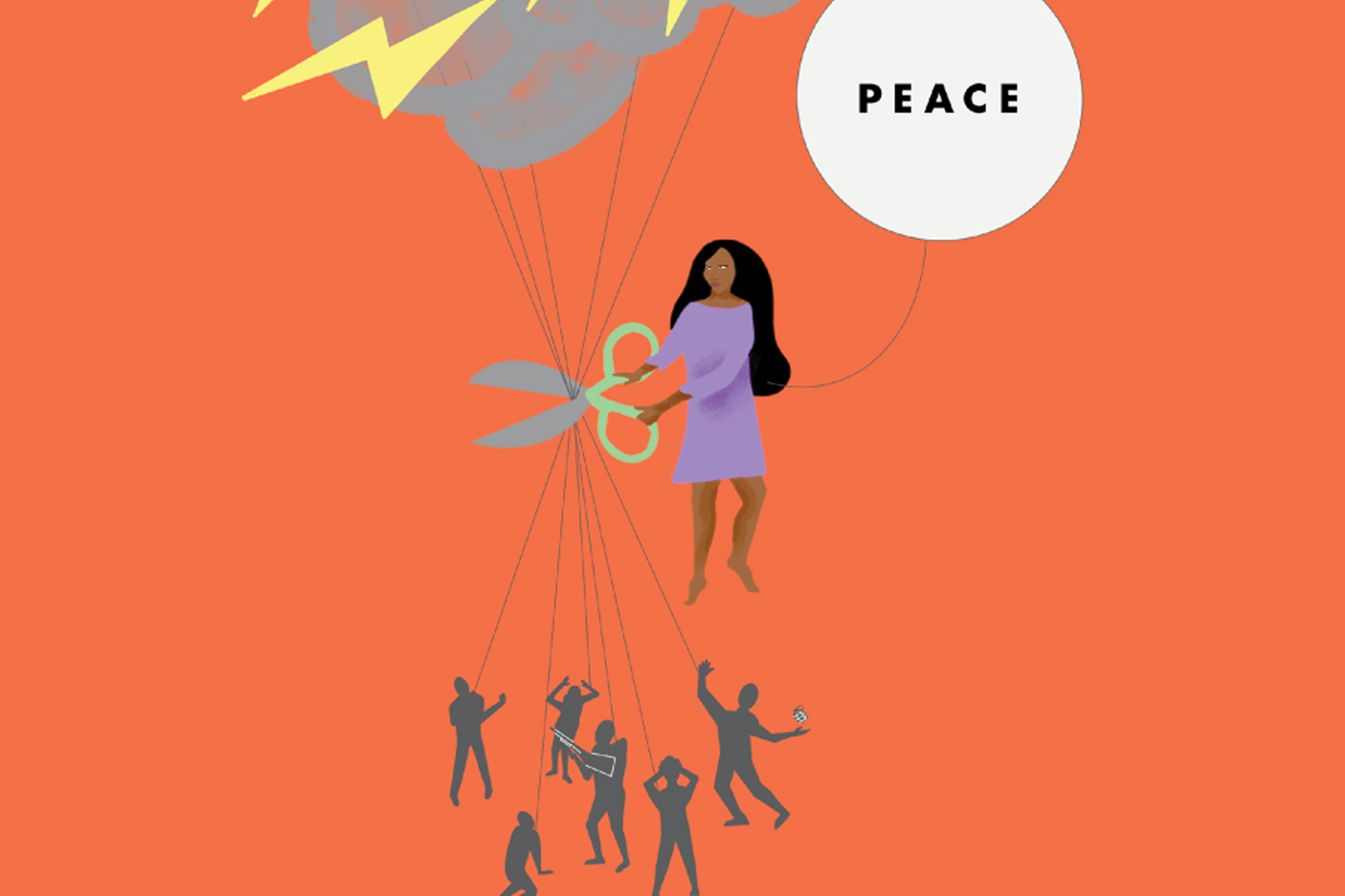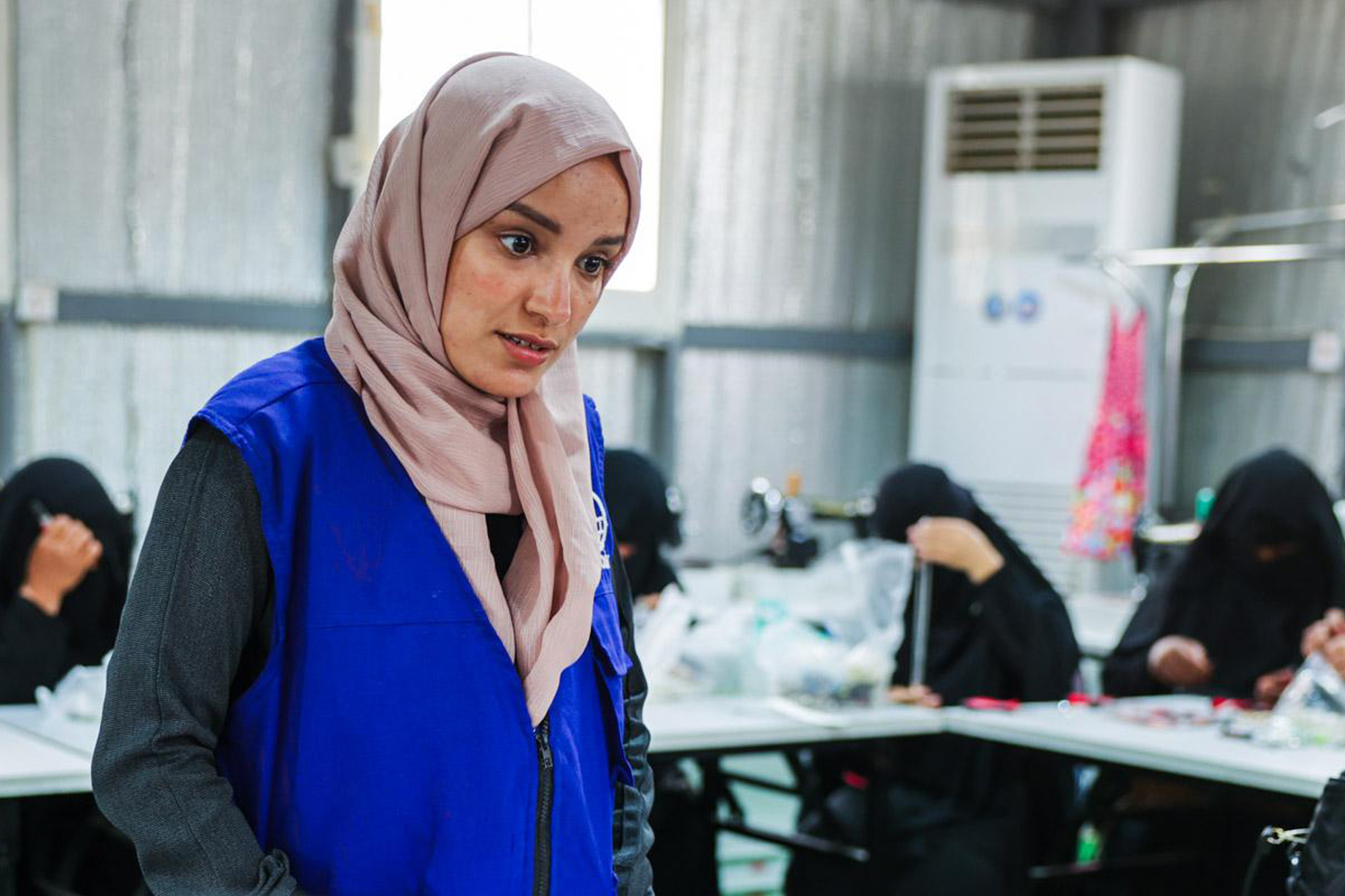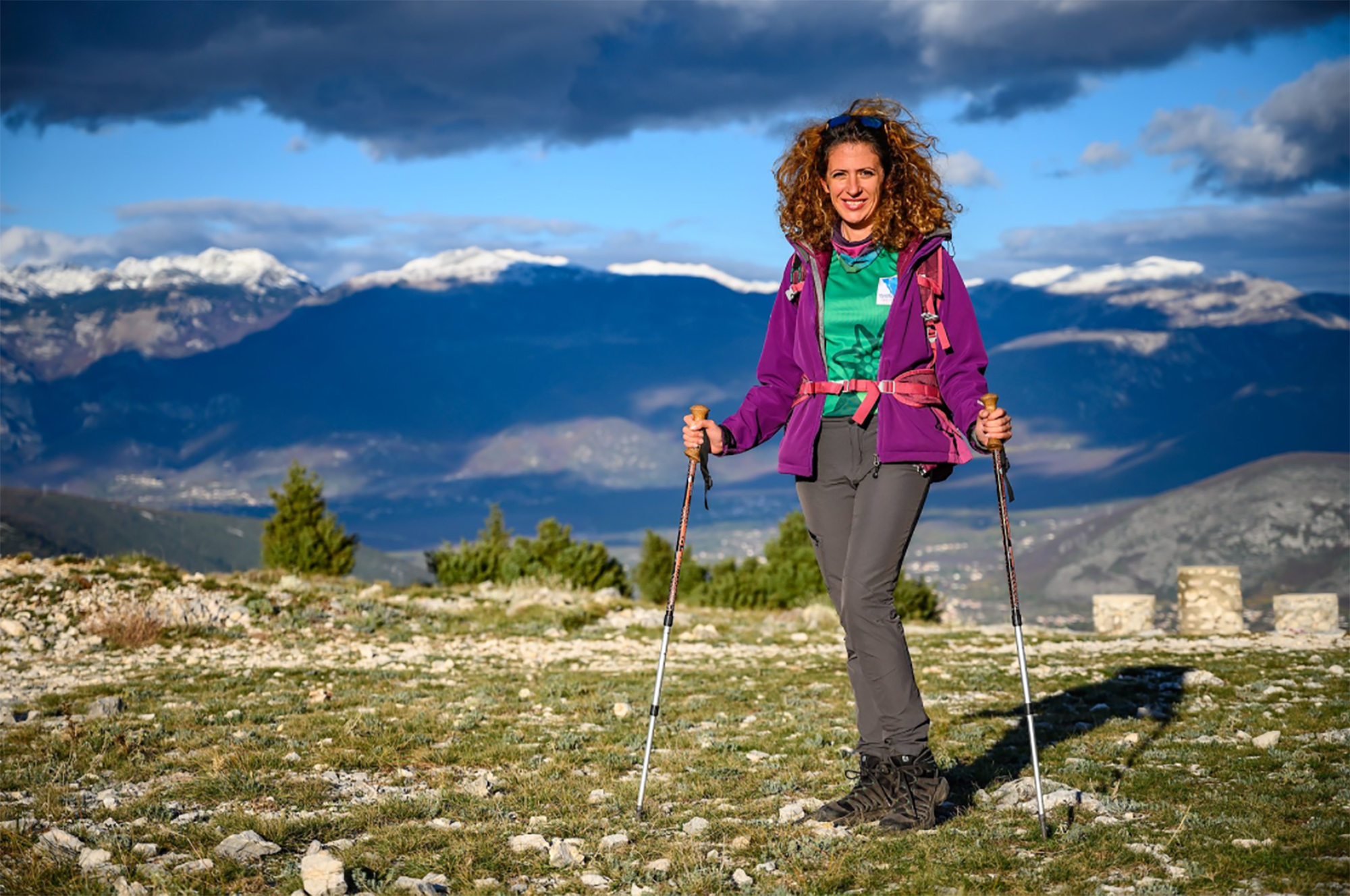Around the world and through the decades, we have all shared in the global struggle for gender equality.
Women and Gender Equality
The world has made unprecedented advances, but no country has achieved gender equality. Legal restrictions have kept 2.7 billion women from having the same choice of jobs as men. Less than 25% of parliamentarians are women. One in three women experiences gender-based violence. International Women’s Day, 8 March, is a time to reflect on progress made, to call for change and to celebrate acts of courage and determination by ordinary women. This year’s theme, I am Generation Equality: Realizing Women’s Rights, is aligned with UN Women’s campaign marking the 25th anniversary of the Beijing Declaration and Platform for Action. Let’s make 2020 count for women and girls everywhere!
Today in Geneva, the United Nations Population Fund (UNFPA) unveils its flagship report "The State of World Population 2024: Interwoven Lives, Threads of Hope". The report calls for global action to dismantle unjust and discriminatory structures that hinder millions from realizing their full rights and potential. Dr. Natalia Kanem, Executive Director of UNFPA, along with a panel of experts, will delve into the report's compelling evidence on the systemic and intersectional discrimination impacting women's health and well-being.
Chioma Uzoma, a 26-year-old Nigerian, is leading a team of six women to empower young women to take charge of their health. The team is one of the 14 winners of the female-led 4HerPower Challenge, an initiative of the United Nations Population Fund (UNFPA) to support innovations in sexual and reproductive health for young people worldwide. Gender inequality in health research, data collection, and investment results in women spending 25% more of their lives in debilitating illness than men do, costing the global economy an estimated $1 trillion. However, women innovators are stepping up to bridge the gap and save lives. Despite this, UNFPA estimates that $222 billion would need to be invested in the health and rights of women and girls by 2030, a goal that funding is not currently on track to meet.
It is estimated that around 60 million individuals are currently at risk of encountering mines and other explosive ordnance. Many of these individuals live in areas where conflicts have officially ended years or even decades ago, while others are in regions where wars are still ongoing. The active participation of women in addressing the challenges presented by explosive ordnance is now being recognized as a crucial factor in unlocking the sustainable development benefits of mine action. Read the testimonies of women who have cleared mines in Azerbaijan, Ukraine, and Laos PDR after receiving training conducted by the United Nations Development Programme (UNDP).
The disproportionate burden of crises, including protracted conflicts and climate change, falls heavily on women and girls, amplifying care demands that often go unrecognized.
Mali's central and northern regions have been plagued by violence and insecurity in recent years. Terrorist groups have taken control of many remote villages, causing mass displacement, while maternal mortality rates are up to 35 times higher than in developed countries. Access to maternal health services is nearly impossible. In this complicated scenario, the United Nations Population Fund (UNFPA) is equipping the maternity ward at Sominé Dolo Hospital in the Mopti region. UNFPA partner HELP sends mobile health units to rural areas of Mopti to reach women and girls with essential services and transport critical cases to health centers.
Women and girls were disproportionately affected by the devastating floods that hit Pakistan in 2022. Nisha, a seven-year-old girl from the Mirpurkhas District of Sindh, had to endure months of displacement and walk several miles every day to access clean water after her home and latrines were destroyed. Sampa, a 55-year-old widow, fell ill after drinking contaminated water during the floods. With the responsibility of caring for her ten-year-old child, she struggled to fetch water daily in the scorching heat. The efforts by the International Organization for Migration (IOM) to construct latrines, handwashing stations, and lead-line hand pumps in Nisha and Sampa's villages brought relief and improved access to clean water and hygiene services.
Survivors of female genital mutilation advocate tirelessly to end the harmful practice, empowering communities and challenging entrenched cultural norms.
“Every day a woman's right is abused,” said Riya William Yuyada, who fled South Sudan when she was a baby, but decided to return more than 20 years later to create a women’s movement for peace, Crown the Woman. “When women are part of peace, it is more sustainable.”
Across the world, women and girls are leading the fight for peace and equality. Yet despite their essential role in peacebuilding, women human rights defenders still face challenges when it comes to getting a seat at the tables of power. This episode of the UN Human Rights Podcast explores how women are trying to bring peace to conflicts around the world, with grassroots activist Riya William Yuyada, Laila Alodaat, Deputy Secretary General at the Women’s International League for Peace and Freedom, and Nicole Ameline, former chair of the U.N. Committee on the Elimination of Discrimination Against Women.
We the Women is a global campaign that aims to engage women across the world in shaping solutions for the future. Through various channels, the campaign seeks to connect with women and understand their vision for the world and their expectations from the international community. Central to this initiative is the "We the Women" Global Survey, which serves as a platform for women to voice their perspectives on global priorities and how leaders can address them. You can take the survey until the end of March.
Three women human rights defenders and peacebuilders were honored by the UN Human Rights on International Women's Day. William Yuyada, Laila Alodaat, and Sara are supporting women and girls in their efforts for peace and have been working tirelessly to assist victims and their families and communities, identify the needs of women and marginalized groups, and much more. Their work is crucial in conflict settings, especially when women's voices are silenced or ignored.
Tahani lived in a small village in Yemen and believed her role was limited to managing the household. After marrying, she left her village due to the country's decade-long conflict, and the new couple moved to a displacement site in central Yemen, where she became pregnant, but her daughter died due to lack of medical care. Shatha, who worked for the International Organization for Migration (IOM), met Tahani and encouraged her to join a workshop where she discovered her talent for making accessories. Tahani has built a small business and is now able to earn an income and support her family.
Women are paid less than men in the same jobs; they do most of the unpaid household and care work and often have difficulty accessing finance and other wealth-creating resources.
Ana Andrić appreciates how women in Herzegovina are active in all segments of mountain development, from the organization of excursions, to mountaineering, skiing and other activities. Ana, along with hundreds of women from Herzegovina area have been hiking through the Čvrsnica and Prenj mountain ranges for more than a decade, striving to restore life in its villages and contribute to the promotion and preservation of these mountain idylls. She knows that achieving gender equality and women’s well-being in all aspects of life is more crucial than ever if we want to create prosperous economies and a healthy planet. But the trend of underrepresentation of women in the labour market in Bosnia and Herzegovina is constantly present. The ‘Sustainability of Protected Areas’ project, financed by the Global Environment Facility and implemented by UNDP in Bosnia and Herzegovina is working to protect nature and biodiversity beyond mountains.

